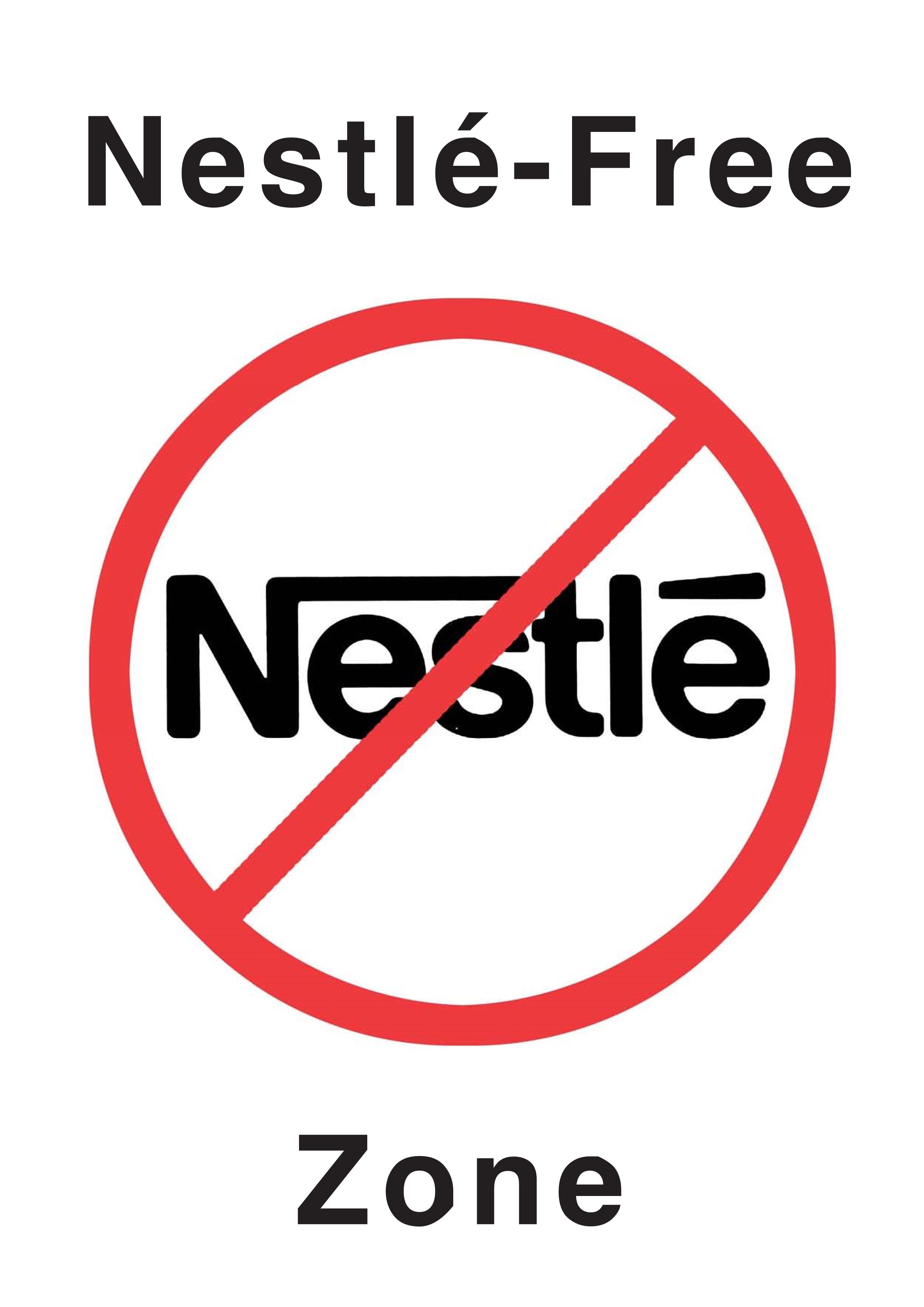HIV and sub-optimal infant feeding practices remain important threats to child growth, development, and survival in low- and middle-income countries. To our knowledge, few studies have explored health service ...
To date, 40 Human Milk Banks (HMB) have been established in Italy; however, recent cost analysis data for operating an HMB in Italy are not available in the literature.
The World Health Organization recommends that babies should receive exclusive breastfeeding (EBF) for six months, and mothers should be encouraged to breastfeed until their infant is aged two years or older. T...
Unilateral cleft lip and / or palate (UCL/P) is one of the most common congenital craniofacial differences. The objective of this study was to describe the maternal perception of breastfeeding in children with...
Lactation support resources are less likely to be located in close proximity to where Black families live and there is a systemic racist health care belief that Black women prefer bottle feeding (with infant f...
Journal of Human Lactation, Ahead of Print.
Journal of Human Lactation, Ahead of Print.
WHO recommends donor milk as the next best choice if Mothers’ own milk (MOM) is unavailable. At our milk bank, during the COVID 19 pandemic, we observed a steep decline in the collection of donor milk, while P...
Journal of Human Lactation, Ahead of Print.
Background:Few researchers have explored partner breastfeeding support among Black women, who report low breastfeeding rates compared to women of other cultural groups. Ways to encourage partner support of Black women’s breastfeeding can be understood from an Afrocentric perspective.Research Aim:To explore perceptions of partner support among Black mothers to develop a culturally relevant framework of partner breastfeeding support.Methods:Secondary data analyses of qualitative data from a larger prospective, cross-sectional mixed methods study were utilized. Participants from Kentucky (N = 14), aged 23–71, who breastfed for at least 6 months, were recruited to participate in individual interviews. Professionally transcribed interviews were analyzed using Braun and Clarke’s (2006) thematic analysis.Results:By integrating the Breastfeeding Coparenting Framework and Optimal Conceptual Theory, we identified four culturally affirming partner support themes that participants believed impacted their breastfeeding experiences: (a) doing research, (b) offering care, (c) verbalizing praise, and (d) achieving teamwork, and three culturally incongruent partner support barrier themes: (e) withdrawing commitment, (f) politicking bodies, and (g) stripping agency.Conclusion:Participants who breastfed for at least 6 months largely attributed their breastfeeding success to the support received from their partners. Our findings offer a culturally relevant framework of partner breastfeeding support that can facilitate intervention efforts with participants and their partners to increase breastfeeding rates among this population.
Journal of Human Lactation, Ahead of Print.
The in-hospital stay following childbirth is a critical time for education and support of new mothers to establish breastfeeding. The WHO/UNICEF ‘Ten Steps to Successful Breastfeeding (Ten Steps)’ was launched...
Exclusive breastfeeding is the optimal infant nutrition, providing infants immunoprotection against many diseases including SARS-CoV-2 infection. Restrictions during the COVID-19 pandemic may have negatively a...
The impact of breastfeeding on childhood obesity has long been under debate, with most research showing significant association, and others showing weak or no association between breastfeeding and childhood ob...
Cesarean birth is associated with a higher prevalence of delayed onset of lactogenesis II (DOLII) than vaginal birth. DOLII refers to the delayed initiation of copious milk production beyond 72 h after birth. ...
Journal of Human Lactation, Ahead of Print.
The health workers in Jiaxing of China have established maternal health WeChat groups for maternal health education and management since 2019. Pregnant women in Jiaxing are invited to join the WeChat groups an...
The 2013 WHO guidelines for nutritional rehabilitation of malnourished infants under six months (u6m) focus on inpatient re-establishment of exclusive breastfeeding and recommends discharge when infant is gain...
Research on the association between breastfeeding and postpartum post-traumatic stress disorder (PTSD) is sparse. This study aimed to examine the association between exclusive breastfeeding up to 42 days after...
Infant feeding practices are rapidly changing within rural areas in Mexico, including indigenous communities. The aim of this study was to compare infant feeding recommendations between grandmothers and health...
Journal of Human Lactation, Ahead of Print.
Background:Painful and damaged nipples are frequently associated with breastfeeding cessation in the early postpartum period. The results of researchers’ studies utilizing different treatments have been inconclusive.Research Aim:To compare the intensity of nipple pain and the healing of damaged nipples during the first 10 days postpartum using either lanolin or human milk treatments.Methods:This single-blind randomized controlled trial included participants (N = 206) who were primiparous with painful and damaged nipples. Participants were recruited from the tertiary teaching hospital within the first 72 hr after delivery and randomized to the intervention group with lanolin (n = 103) and a human milk control group (n = 103). Data were collected in the maternity ward, 3 and 7 days after randomization. The primary outcome was nipple pain intensity and quality measured 3 and 7 days after randomization by the McGill Pain Questionnaire – short form. The nipple damage self-assessment questionnaire was used for the assessment of nipple healing. Breastfeeding self-efficacy, breastfeeding duration, and exclusivity were assessed as secondary outcomes.Results:Participants in both groups reported a statistically nonsignificant reduction in pain (quality and intensity of pain) as well as improved nipple healing 7 days after randomization. Participants in the lanolin group exclusively breastfed their infants 3 days after randomization—significantly more often than participants in the control group (p = .026). The study did not reveal any statistically significant differences for other secondary outcomes.Conclusion:Both lanolin and human milk are equally effective in treating painful and damaged nipples.Registered with Clinicaltrials.gov (NCT04153513)

